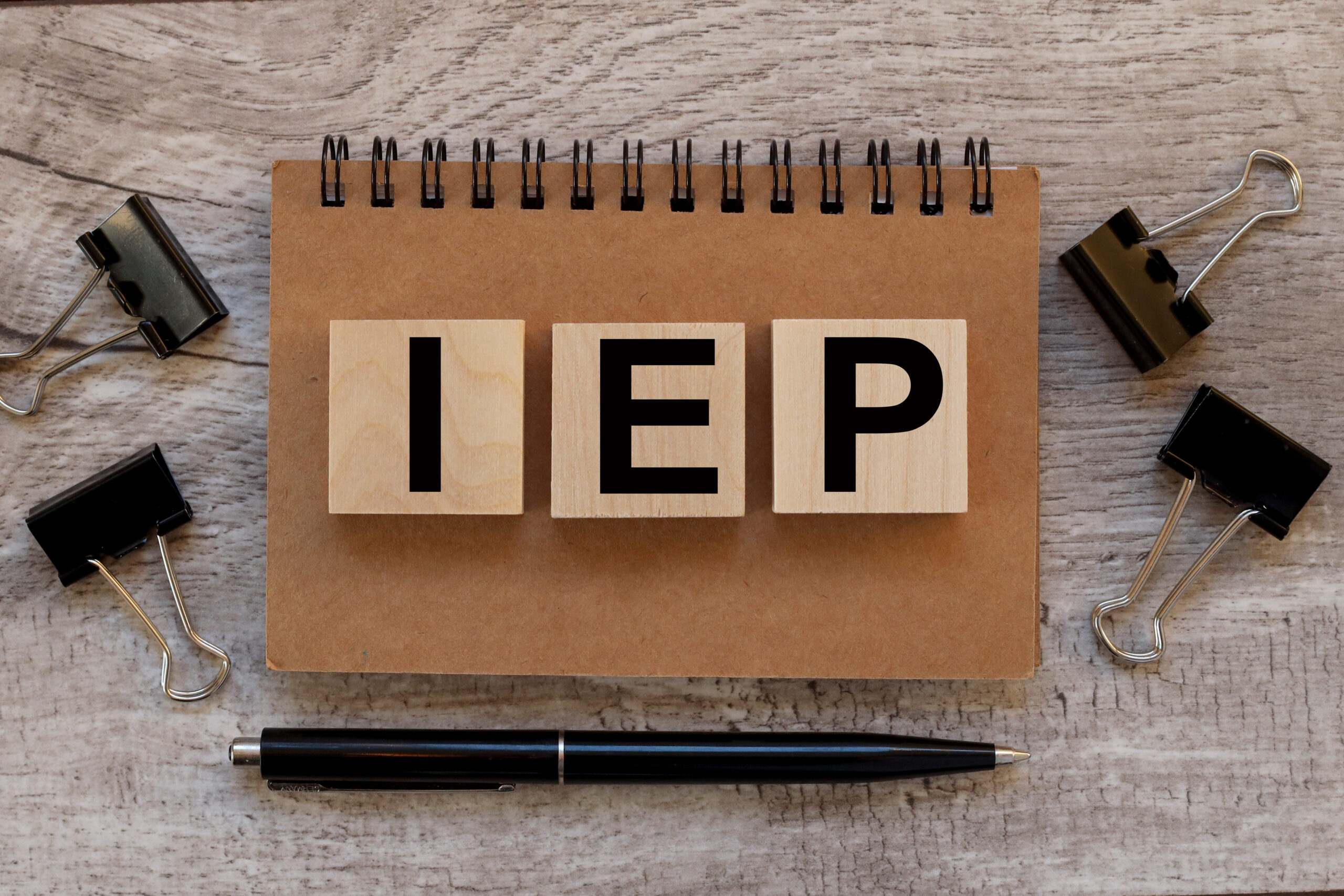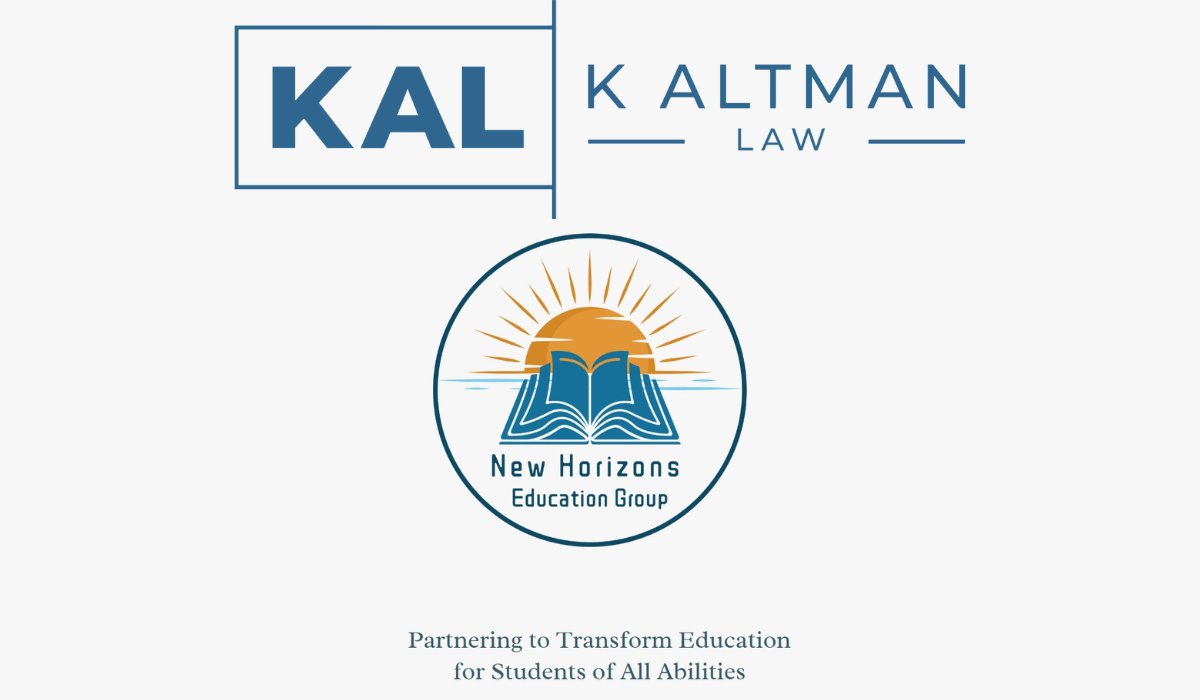An Individualized Education Plan (IEP) is a vital tool designed to support your child’s unique learning needs. It serves as a roadmap for their education, outlining specific goals and the services they will receive to help them succeed. Here is a friendly guide to help you navigate this important document.
IEP Meaning in School
An IEP is a written plan created for students with disabilities who require special education services. It is tailored to meet your child’s individual needs, ensuring they receive appropriate support to thrive in school. The plan is developed through collaboration between parents, teachers, and other relevant professionals.
Key Components of an IEP
Following are the key components of an Individualized Education Plan (IEP):
- Present Levels of Performance
- Goals and Objectives
- Services and Supports
- Accommodations and Modifications
- Participation in General Education
- Transition Planning
Let’s look at each of them one by one.
Present Levels of Performance
This section describes how your child is currently performing as a learner. It includes their strengths, challenges, and any specific skills they possess. This section also outlines any relevant educational history of the child and, if appropriate, medical information pertinent to your child. Understanding these levels helps in setting realistic and achievable goals.
Goals and Objectives
The IEP will include measurable goals that outline what your child is expected to achieve over the IEP year. These goals should be specific, measurable, and relevant to their needs. Objectives may break down these goals into smaller, manageable steps.
Services and Supports
This part details the special education services your child will receive, such as specialized instruction, therapy, or accommodations. It also specifies when, where and how these services will be provided.
Accommodations and Modifications
Accommodations help your child access the curriculum in a way that meets their needs, such as extended time on tests or modified assignments. Modifications change the curriculum expectations to better suit your child’s abilities.
Participation in General Education
The IEP outlines how your child will access the same curriculum as their typical peers. It describes any support needed for them to engage in meaningful participation.
Transition Planning
For students 14 and above, the IEP includes plans for transitioning from school to post-school activities, such as employment, further education and independent living. This helps prepare them for life after high school.
How IEP Process Works?
- Referral and Evaluation: The process begins with a referral, often initiated by a parent or teacher who notices learning difficulties. Your child will then undergo assessments to determine if they qualify for special education services.
- IEP Team Meeting: Once eligibility is established, an IEP team is formed. This team includes parents, teachers, school administrators (LEA), and specialists. Together, they review evaluation results and collaborate to create the IEP.
- Implementation: After the IEP is developed, the school is responsible for implementing the plan. Regular communication with your child’s teachers will ensure they are following the IEP and making necessary adjustments.
- Annual Review: The IEP is reviewed at least once a year to assess progress and make any necessary changes. You have the right to request additional meetings at any time if you feel your child’s needs are not being met or additional concerns arise.
Parent’s Role in an IEP Process
As a parent, your involvement is crucial. You bring valuable insights about your child’s strengths, preferences, and challenges. Here are ways you can contribute:
- Attend IEP Meetings: Your participation is essential. You can share your observations and ask questions to ensure your child’s needs are addressed. Schools must hold IEP meetings on an agreeable date and time to ensure your participation.
- Advocate for Your Child: Stay informed about your child’s rights and the services available. If you feel your child is not receiving adequate support, don’t hesitate to discuss your concerns with the IEP team.
- Monitor Progress: Keep track of your child’s progress toward their IEP goals. Communicate regularly with teachers and specialists to stay updated on their achievements and any challenges they face. You will receive IEP progress reports on the same schedule as academic report cards.
- Encourage Self-Advocacy: As your child grows, encourage them to express their needs and preferences – and encourage them to attend their IEP meetings! Teaching them to advocate for themselves will empower them throughout their educational journey.
Read More: What Action to Take if Parents Refuse to Consent to Special Education Services?
Tips for a Successful IEP Experience
- Be Prepared: Before meetings, gather any necessary documents and prepare questions or concerns you may have.
- Stay Positive: Focus on your child’s strengths and potential. A positive mindset can foster a collaborative atmosphere during meetings.
- Build Relationships: Establishing a good rapport with teachers and school staff can make a significant difference. Open communication helps everyone work together effectively.
Conclusion
An IEP is more than just a document; it is a partnership between you, your child, and the school. By actively participating in the IEP process and advocating for your child, you can help create a supportive learning environment that nurtures their growth and success. Remember, you are your child’s best advocate, and your involvement plays a crucial role in their educational journey.





